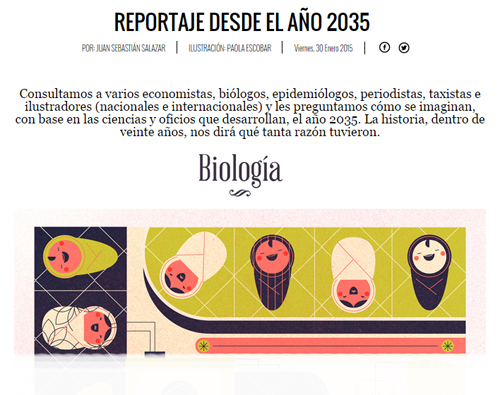




We are a group headed by Dr. Martin Welch in the Department of Biochemistry at the University of Cambridge.
Work in the lab is focused on understanding how bacterial populations sense and respond to one another and specific environmental challenges, and how they modulate their behaviour accordingly. In particular, we focus on how these factors affect virulence in a gram-negative model organism and opportunistic human pathogen, Pseudomonas aeruginosa. A special area of interest is in defining how changes in lifestyle (planktonic versus biofilm) influence cell-cell signaling and virulence factor production. Our work combines state-of-the-art proteomic, transcriptomic and metabolomic analyses with conventional molecular microbiological and biochemical approaches.
The MW lab has been awarded a project grant from the BBSRC to continue our work on the interface between metabolism and the control of virulence in Pseudomonas aeruginosa. We look forward to collaborating with our colleagues in the USA and London as the project progresses.
Congratulations to Mark Eldridge (2nd year medical student, Cambridge University) on securing a Harry Smith Vacation Studentship from the Society of General Microbiology. Mark will be working on low molecular weight blockers of biofilm formation in Pseudomonas aeruginosa.
Yassmin Abdelhamid joins the team as a PhD student. Yassmin will be investigating the mechanism by which flux through the glyoxylate shunt affects Type III Secretion.
10 April 2015
Congratulations to Peter Davenport who has had his paper entitled "Quorum sensing is accompanied by global metabolic changes in the opportunistic human pathogen, Pseudomonas aeruginosa" accepted to be published in the Journal of Bacteriology!
2 February 2015
Dr. Welch was recently featured in an article published in bacánika. In the article he gives his thoughts on how far genomic sequencing will advance by the year 2035. Click below to view the article.

© Copyright 2014-2015 Martin Welch Lab
